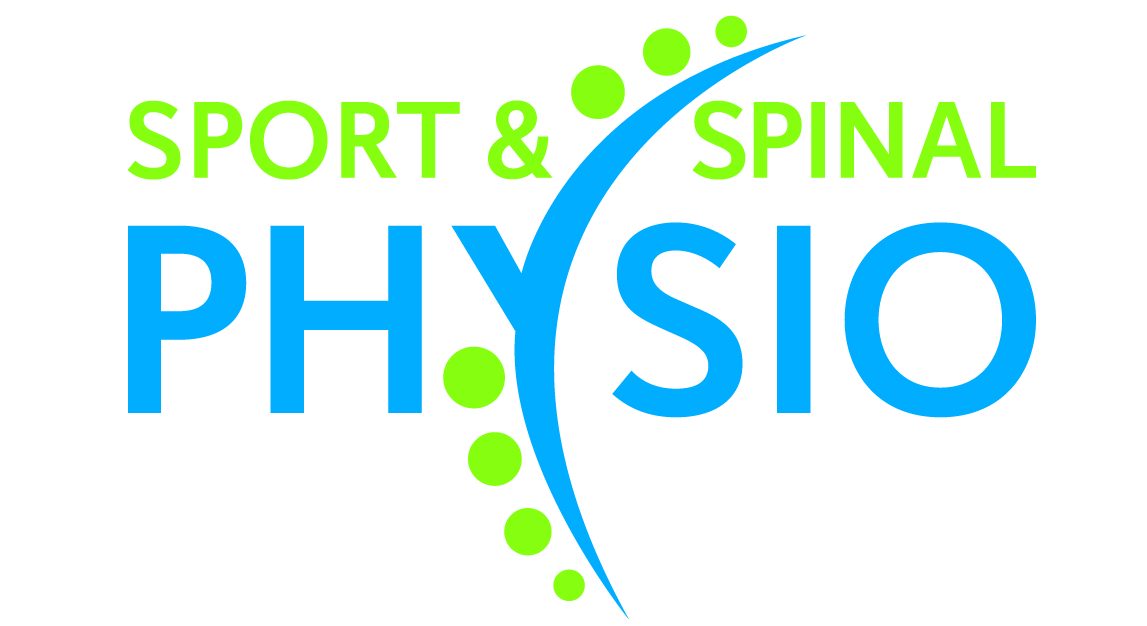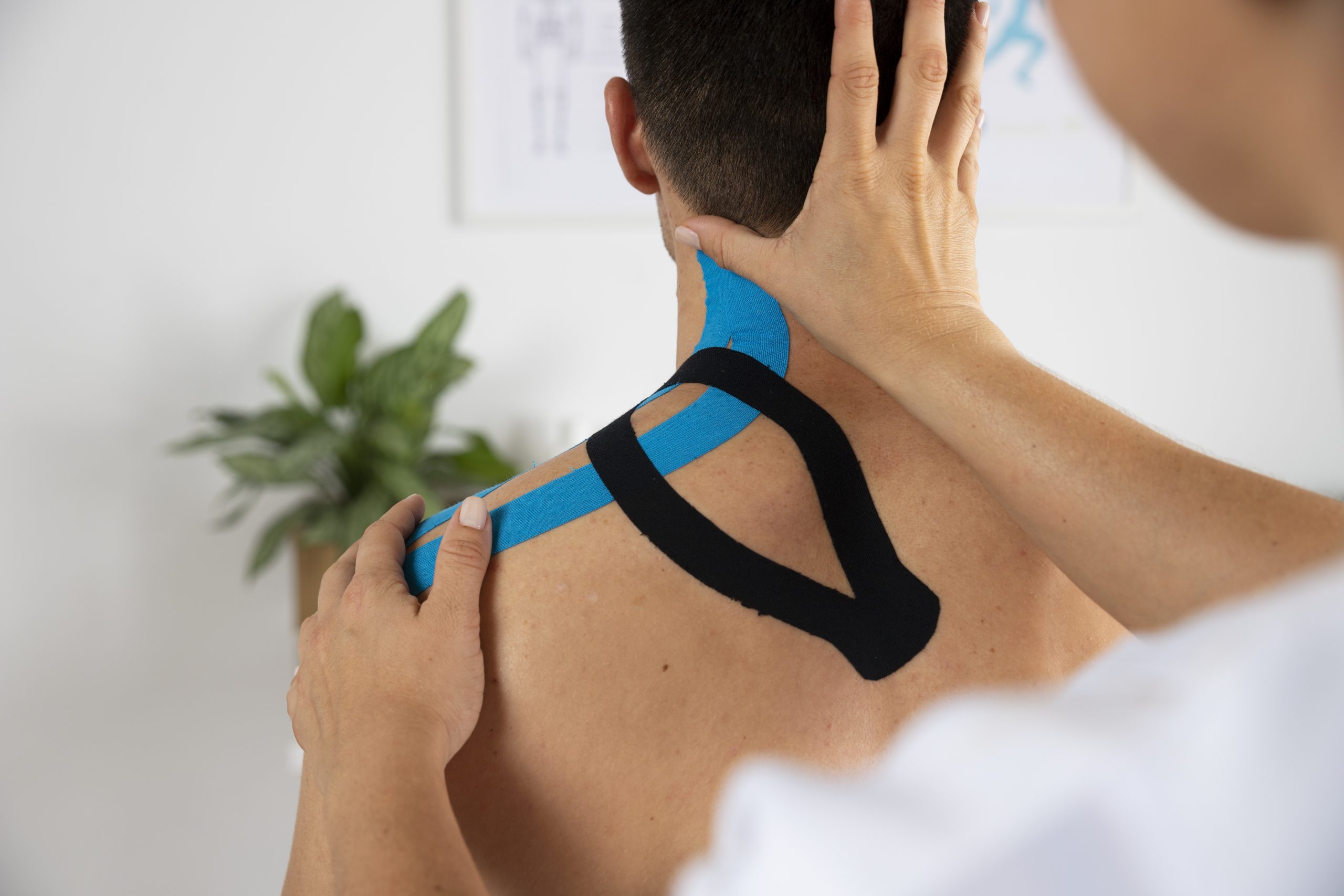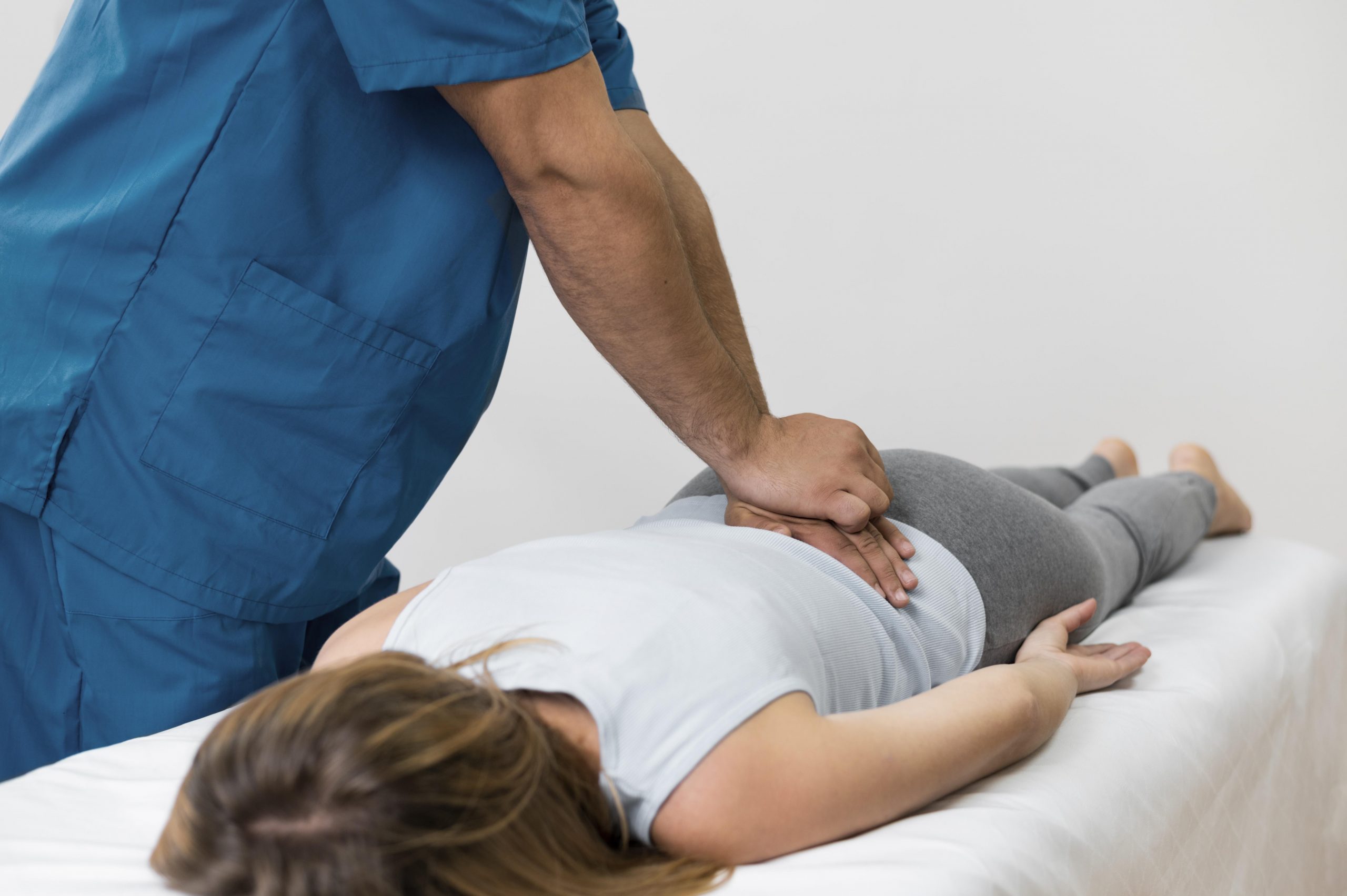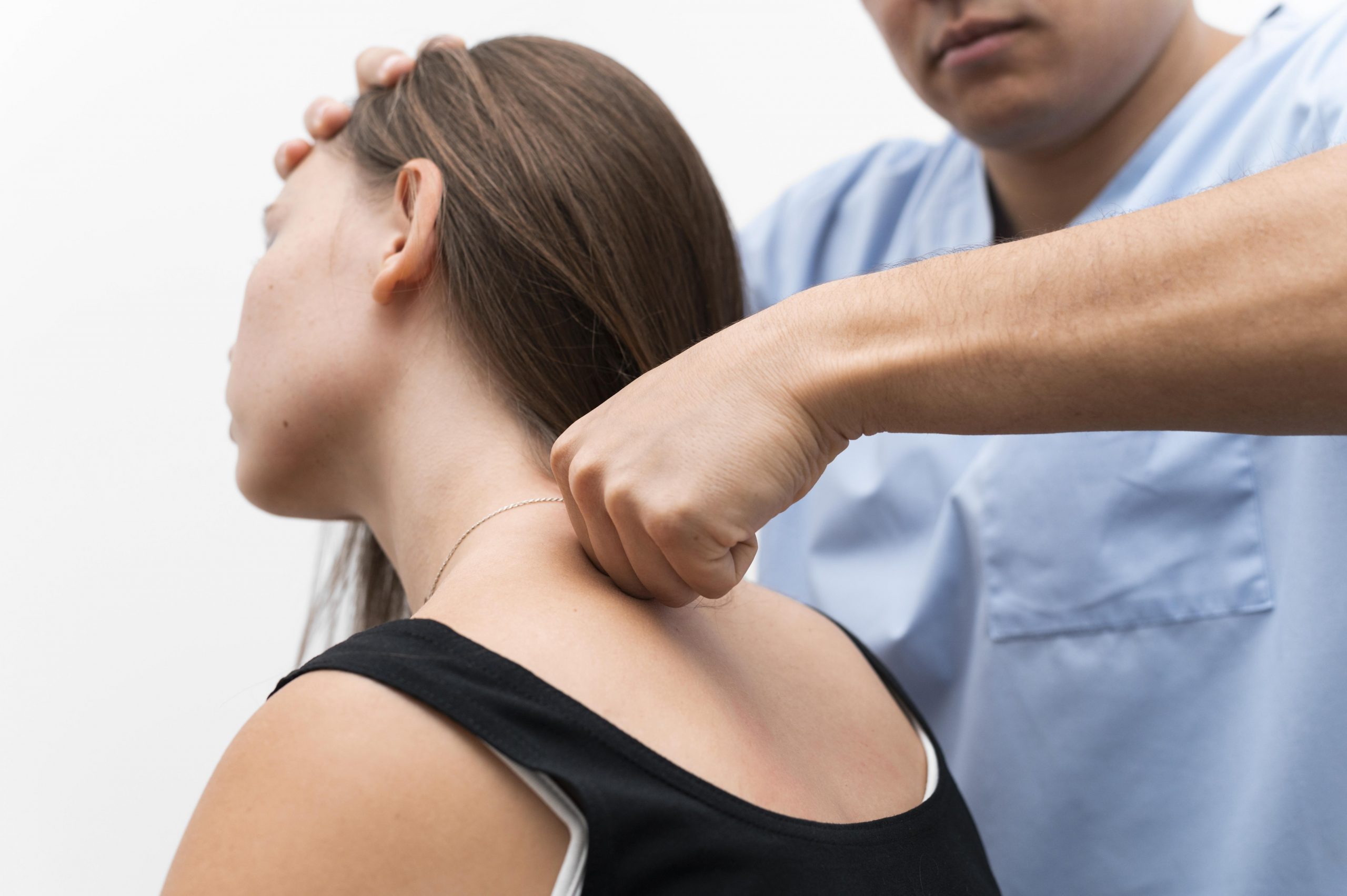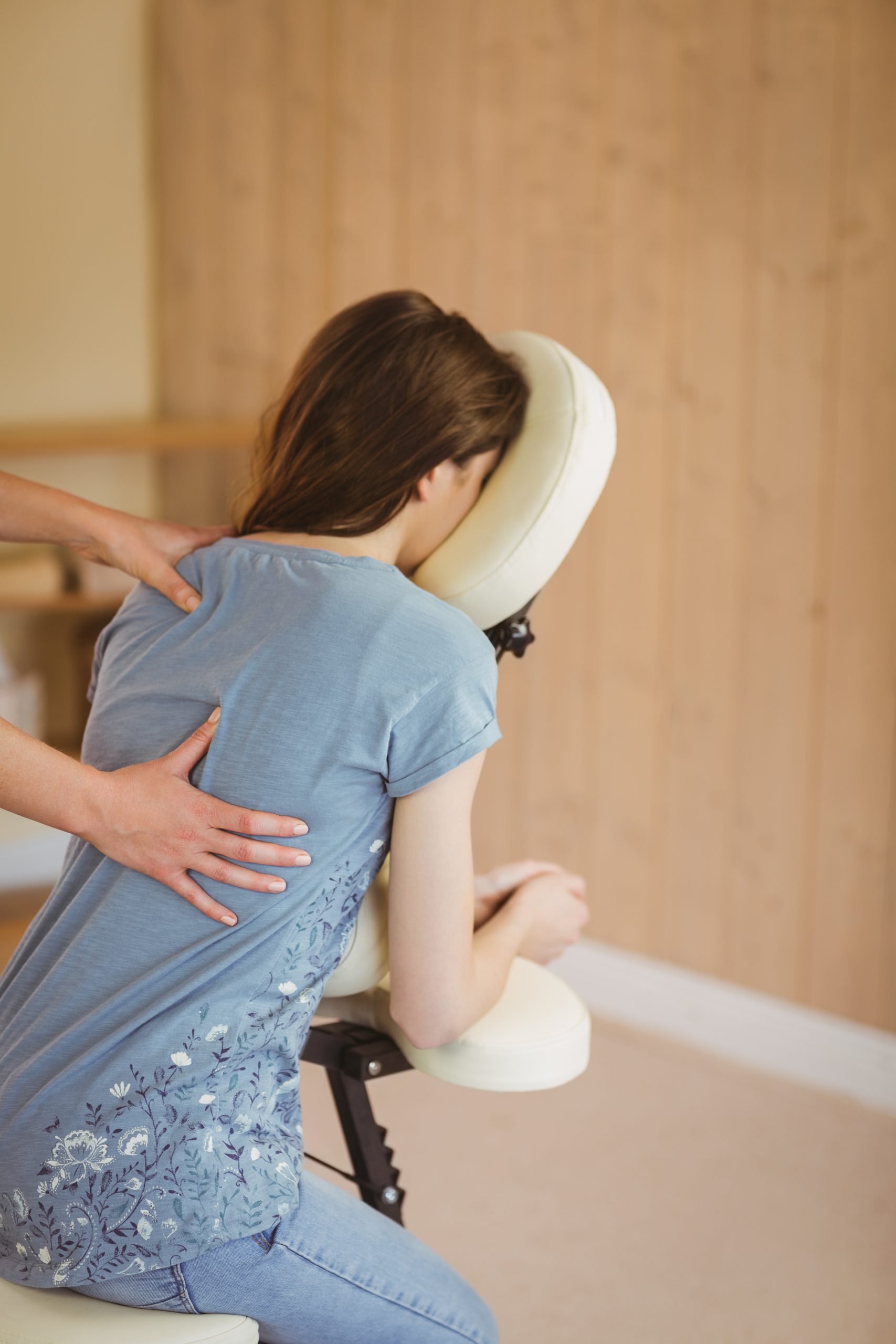Sport and Spinal Physiotherapy
Conditions We TreatConditions We Treat
We pride ourselves on treating a number of injuries and dysfunctions that can be disabling to individuals. Our physiotherapists have extensive experience and knowledge in the treatment of a vast amount of problematic injuries and dysfunctions which with our physiotherapists can help to improve the quality of life in the process.
everyday life where the anatomical structures become stretched beyond their capable limits which cause the soft tissue to tear resulting in pain, inflammation and loss of functional movement.
Muscles injuries can also occur due to repetitive movements being performed on a daily basis for a period of time resulting in micro tears within the muscle fibres which also causes the individual pain and can result in a loss of function.
Muscle injuries can vary in severity but they can be disabling and in some cases result in time off work. Our physiotherapists work in conjunction with their clients to aid in the restoration of functional movement whilst limiting pain and the risk of re-injury.
Personalised treatments plans will be tailor made and will be based on the injury type.
Treatments may include:-
- Pain management
- Electrotherapy
- Stretching exercises
- Soft tissue massage
- Strengthening exercises
- Educational advice
- Self-manage techniques
- Preventive measure to decrease risk of re-injury
Types of treatment modalities used for muscle injuries:-
- Stretching exercises
- Massage therapy
- Strengthening exercises
- Electrotherapy
- Educational advice
- Taping and strapping
- Manual therapies
- Acupuncture
- Ice therapy
- Heat therapy
If you have had a muscle injury of any type then our physiotherapist will be able to assess the grade of the damage and make a tailor made treatment plan that will suit your every need.
Strains and sprains can occur during any type of exercise or in day to day life and are the most common injury in sport. A strain is when the thick band that connects the muscle to the bone called a tendon or the actual muscle fibres itself is put under an abnormal stress such as a twist or lengthening of the structure beyond what it is normally capable of performing.
A sprain differs from a strain as these are injuries that affect the structures called ligaments. These are bands of cartilage that are responsible for connecting bone to bone. Injuries to ligaments also usually occur when they are forcibly taken beyond their natural limits and alignment.
Sprains are categorised as follows:
- First degree, this is when there is only a few ligament fibres damaged
- Second degree sprains refer to a more comprehensive damage to the ligament associated with a loss of function and swelling
- Third degree sprains refer to a complete rupture of the ligament accompanied with swelling and possible dislocation.
An initial assessment with one of the physiotherapists will determine what type and grade of injury has occurred. Immediate attention is required for a faster recovery.
Treatment can consist of:-
- Reduce swelling and inflammation
- Reduce pain
- Ultrasound
- Improve scar tissue
- Exercise techniques
- Correction of biomechanical faults
- Increase range of movement
To aid in a faster recovery period it is advised that if you suspect that you have sprained or strained one of the structures to see a physiotherapist as soon as possible. If you were to leave it untreated it could result in:-
- Increase in muscle weakness
- Reduced range of movement
- Scar tissue formation
- Increased in stress on other areas.
Spinal pain can be the result of many problems including poor posture, muscle strains and prolapsed / slipped vertebral disks, all of which can cause persistent aching pains, sharp pains on certain movements such as rotation, as well as stiffness and a feeling of not being able to get comfortable in a sitting position. At Sport and Spinal Physiotherapy our expert spinal physiotherapists can carefully assess your condition and devise an effective plan of interventions to help manage your current condition. The following treatments may be used in order to treat your condition:
- Mobilising or manipulation techniques to the joints to reduce stiffness.
- Soft tissue massage to relieve pain and stiffness.
- Trigger point treatment.
- Acupuncture.
- Heat therapy to promote healing and reduce pain and tension.
- Exercises to both mobilise and stabilise this area. Your physiotherapist will provide specific exercises for the upper back / lower back to strengthen or stretch out the local muscles.
- Core stability exercises to help stabilise the spine and relieve pain.
- Postural management to relieve discomfort in lying, sitting or standing.
- Ergonomic assessment to improve posture and comfort at work.
At Sport and Spinal Physiotherapy our specialised physiotherapists can provide comprehensive rehabilitation for pre- and post-surgery clients. The success of surgery depends upon the events of the postoperative stages.
Therefore it is imperative to maximise the surgery by performing exercises that help to stabilise, mobilise and protect the area that has been operated on. At Sport and Spinal Physiotherapy your physiotherapist will assist you throughout the stages of your recovery by providing appropriate effective treatment and goals in order to maximise your potential to recover. You will be provided with a specific rehabilitation program, to get you back to your full level of activity and/or sport as quickly as possible.
At Sport and Spinal Physiotherapy our specialised physiotherapists can provide rehabilitation for pre spinal and post spinal surgery clients. The success of spinal surgery depends upon the events of both preoperative postoperative stages. Therefore it is imperative to maximise the effects of surgery by performing exercises that help to stabilise, mobilise and protect the area that has is due to be / has been operated on.
At Sport and Spinal Physiotherapy your physiotherapist will assist you throughout the stages of your recovery by providing appropriate effective treatment and goals in order to maximise your potential to recover. You will be provided with a specific rehabilitation program, to get you back to your full level of activity and/or sport as quickly as possible.
Chronic pain is defined as residing pain that persists after the required healing time for the injury has passed. As with the condition itself it can be hard to define but it is routinely categorised as a pain that has been persistent for a period of 12 weeks or more.
Chronic pain can be a very disabling condition which doesn't just affect the area of complaint but it is also associated with psychological factors too which can lead to a decrease in quality of life and can also lead to depression, unemployment and stress for everyone involved. The impact chronic pain has can vary from minor restrictions or to a complete loss independence. This makes chronic pain a severe condition that needs treatment.
An initial assessment with one of the physiotherapists will assess the severity of the condition along with the impact it is having on everyday life.
An assessment will consist of:-
- Pain history which assess each and every pain (intensity, onset, duration, site, relieving factors, night pain, causes, medical history)
- Previous investigations
- Current treatments – the effects, relieving and aggravating factors.
- Physical examination - assessment of areas and complaint.
Treatment may include:-
- Soft tissue massage
- Heat therapy to reduce pain
- Exercise programs
- Ergonomic assessment
- Acupuncture
- Mobilising and manipulation techniques
- Stretching exercises
Immediate attention is required should a soft tissue injury occur. The PRICE principle should be applied to minimise localised tissue damage and to prevent further injury.
The PRICE principle consists of:-
- Protection of the injured area in order to minimise further damage occurring
- Rest from any activities that cause pain. Possible immobilisation of the affected area to decrease pain and further injury
- Ice to the affected area causes vasoconstriction which leads to a decrease in swelling and subsequently a decrease in pain
- Compression should be applied of the injured area to reduce residual swelling.
- Elevation is used in conjunction with compression to minimise swelling.
An initial assessment with a physiotherapist should be made if you have a suspected soft tissue injury as the sooner treatment modalities are applied the sooner activities can be restarted.
Treatment for soft tissue injuries consist of:-
- Stretching exercises
- Strengthening exercises
- Oscillations of the joint
- Pain management
- Functional retraining
- Ultrasound for the healing process
- Soft tissue massage
- Preventive measures
- Educational advice for self-management
Playing sport of any type is beneficial in many ways but there is always the risk of an injury occurring especially if it is a fast paced competitive sport. These may occur due to an accident or improper technique resulting in acute disabling injuries. Some injuries are caused by an improper warm up or lack of stretching.
The most common sports injuries are:-
- Dislocations
- Strains and sprains
- Achilles tendon injuries
- Rotator cuff injuries (shoulder)
- Fractures
- Repetitive movements
- Shin bone pain
If one experiences any of these or suspect that damage has been done, activities must be immediately stopped as further activity can cause increased damage resulting in a longer recovery period and in some cases may cause irreversible damage.
Reasons for sports injuries include:-
- Weak muscles
- Fatigue
- Poor posture
- Incorrect technique
- Abnormal movements and alignment
- Over use of the muscles
- Past injuries
- Muscle imbalances
If you have a suspected sports injury of nay type then it is recommended to see a physiotherapist for an initial assessment so that further measures can be taken to protect the area of complaint and to prevent further injury from occurring. If you have an ongoing sports injury that occur through sporting activity and restricts participation time then the physiotherapist can assess and recommend preventive measures in order for you to participate to the highest standard possible whilst reducing the chances of injury.
Treatments for sports injuries include:-
- Pain management
- Soft tissue massage
- Ultrasound
- Strengthening exercise
- Movement analysis
- Functional exercises relating to the specific sport
- Correct technique execution
Repetitive stress injury is term used to describe a wide range of injuries specifically caused by the repeated movement of a particular part of the body such as the wrist, fingers and neck. Repetitive strain injuries commonly affect nerves, tendons and muscles. At Sport and Spinal Physiotherapy your physiotherapist will provide you with treatment which may consist of exercises, stretches, and electrotherapy, the aim of which is to accelerate the healing, reduce inflammation and pain, with the ultimate goal of achieving complete recovery from your condition.
A fracture refers to a disruption in the continuity of bone due to excess force or an impact and is simply the medical term for a break. Fractures can occur in any age group and are very common in children and the elderly. A child's fracture isn't usually associated with any further complications other than the break itself. As people age their bones become less resilient which can result in breaks from a simple fall or low impact connection.
There are many classifications of fractures.
The main ones that are commonly seen are:-
- Displaced - the two ends don't align with each other
- Non displaced - the bone cracks but alignment is maintained
- Comminuted - bone breaks into many pieces
- Closed - the bone breaks but there is no superficial wound
- Open - the bone breaks with a visible skin wound - this can lead to infection
- Greenstick - refers to a break in the consistency of a child's bone
- Impacted fracture - commonly seen in arm fractures. The ends are driven in to each other
In order for the bone to heal it will need to go through the healing process.
The healing process consists of:-
- The inflammation stage
- Formation of soft callus
- Formation of hard callus
- The remodelling phase
The time of this process varies due to the severity. Our physiotherapists will explain the healing process in more depth so that you can understand what can be done at each stage to aid in a faster recovery period.
The severity of the fracture depends on the site of the fracture, type and the amount of damage to the nearby tissues. Some fractures can be dangerous such as open fractures as the bone ends are exposed to bacteria and can be incredibly hard to manage and may take some time. this can also lead to further complications.
Treatment for a fracture
Immediate treatment for a fracture varies depending on the location and severity.s
This may consist of:-
- Cast mobilisation
- Traction
- External fixation
- Open reduction
- Internal fixation
- Functional cast or brace
Evidence based treatment will be applied so that a speedy recovery can be reached.
Osteoarthritis (OA) is the most common form of arthritis and a leading cause of disability. The areas mostly affect by OA are the hips, knees and hands. OA is defined as the loss of cartilage leading to a degeneration of the adjacent bones associated with the inflammatory process.
Whilst the exact cause of OA is unknown it is though that there are many different triggers that initiate the disease such as:-
- Lack of activity
- Previous joint injury
- Obesity
- Gender
- Age
- Abnormal joint alignment
- Genetics
The signs and symptoms of Osteoarthritis
- Joint pain post exercise and relieved at rest
- Joint stiffness in the morning
- Reduced function
- Reduced range of movement
- Pain on movement
- Swelling
- Tenderness
- Bony spurs due to osteophytes
- Crepitus
- Muscles weakness
- Joint instability
OA can greatly reduce the quality of life and every measure should be taken to maintain healthy joints and disrupt the pathology of the disease by seeking physiotherapy treatment as the sooner it is diagnosed and treated the greater chances that it can be slowed down.
Treatment for Osteoarthritis may consist of the following modalities:-
- Hydrotherapy
- Electrotherapy
- Pilates
- Soft tissue massage
- Exercise programs
- Biomechanical correction
- Joint mobilisation
At Sport and Spinal Physiotherapy we can provide effective paediatric physiotherapy interventions for the management of musculoskeletal injuries amongst children. At Sport and Spinal Physiotherapy we have specialist physiotherapists who are experienced in assessing and treating children in order to fulfil their potential.
There are many conditions that are classed as rheumatologic problems for instance many forms of arthritis, ankylosing spondylitis and gout. They differ from the common degenerative diseases of osteoarthritis as rheumatic diseases are auto immune diseases. This is when one's body defence system identifies normal cells as foreign bodies and starts to attack the structures. This leads to the signs and symptoms associated with rheumatic diseases.
The most common type of rheumatic disease is rheumatoid arthritis (RA). This is where the disease attacks and destroys the synovial tissue causing pain, swelling and loss of function throughout the body. it isn't just associated with joints but can affects every organ within the body. RA tends to affect the limbs symmetrically and is more likely to affect women than it is men. There is currently no known cause or cure for RA.
Signs and symptoms relating to rheumatologic problems
- Joint pain
- Stiffness – usually in the morning
- Swelling and inflammation
- Weight loss
- Fever
- Aches and feeling unwell
- Anaemia
In some cases but not all inflammation can develop in other parts of the body such as the eyes, blood vessels, lungs and heart. Making it a very serious condition and the quicker it is diagnosed the sooner treatment interventions can be undertaken to slow down the progression of the disease.
Treatment for rheumatologic problems
There is no cure for rheumatic problems. However early diagnoses of the exact condition and play a big part in the progression of the disease and can slow down and in some cases halt the disease from further destruction of the tissues.
Treatments include:-
- Mobilising joints
- Stretches and strengthening exercises
- Exercise prescription
- Electrotherapy
- Massage to relieve pain and stiffness
- Acupuncture
- Self-management advice
- Heat therapy to relieve pain
- Advice on modifying activities
Headaches can be defined as a pain emanating from the upper neck of the body or the head itself. The pain can arise from the tissues that surround the brain as the brain itself doesn't contain any nerves that give off the sensation of pain.
Headaches are a leading cause into the attendance to a general practice surgery. Headaches are extremely common in any population and affect everyone at some point within their lives. Many people suffer from what is called episodic tension type headaches which can be treated through different modalities.
Tension headaches are a very common problem with the likely explanation that muscles that surround and cover the skull can become tight leading to a build-up of tension. They may also become inflamed after a period of time if not treated. The muscle at the back of the neck that attaches to the back of the skull can become shortened due to bad posture and can lead to tension headaches.
Contributing factors leading to headaches
- Poor posture
- Neck muscles stiffness
- Muscle imbalances
- Tight muscles
- Poor sleeping position
- Sedentary lifestyle
- Occupational hazards
- Stress
- Excessive slouching and bending forwards
Treatment for headaches
Headaches can be successfully treated through physiotherapy. Our physiotherapists have had great success with their evidence based treatment techniques. They include:-
- Joint mobilisation and manipulation
- Soft tissue massage
- Electrotherapy
- Dry needling
- Postural realignment
- Ergonomic advice
- Exercise to improve strength and flexibility
Unfortunately some women will develop back and pelvic pain whilst pregnant, this pain can range from mild to excruciating and can lead to an uncomfortable pregnancy. The main types of pregnancy related pain are pregnancy related pelvic girdle pain and symphysis pubis.
It is thought that pregnancy related pain affects 1 in every 5 pregnancies. The exact reason of pelvic pain during pregnancy is not known but it is thought to be a combination of the positioning of the joints, previous damage to the joints and the positioning and weight of the baby.
Factors that contribute to pregnancy related pain:-
- Previous lower back and hip pain
- Previous injuries such as an accident or falls
- A hard active job
- Previous pregnancy related pain
If you suspect that you are suffering with pregnancy related pain then a early diagnoses by one of our specialised physiotherapists in women’s care can help to minimise the pain symptoms and avoid a discomfort throughout the pregnancy.
Treatment for pregnancy related back and pelvic pain consists of reducing the pain whilst increasing mobility and strengthening the pelvic floor muscles to enable a more stable alignment which will also be beneficial during and after the pregnancy.
Treatment may include:-
- Manual therapy techniques
- Personal exercise plan of the pelvic floor and hip muscles
- Hydrotherapy to add resistance whilst cushioning the joints
- Education advice on correct alignment of movements and positioning
- Pain relief
- Soft tissue massage
- Hot and cold therapy
- Stretches to lengthen the spinal and abdominal muscles
If you are experiencing discomfort during your pregnancy we recommend that you consult with a physiotherapists as soon as possible to help relieve the symptoms of pain and so that you can enjoy your pregnancy.
